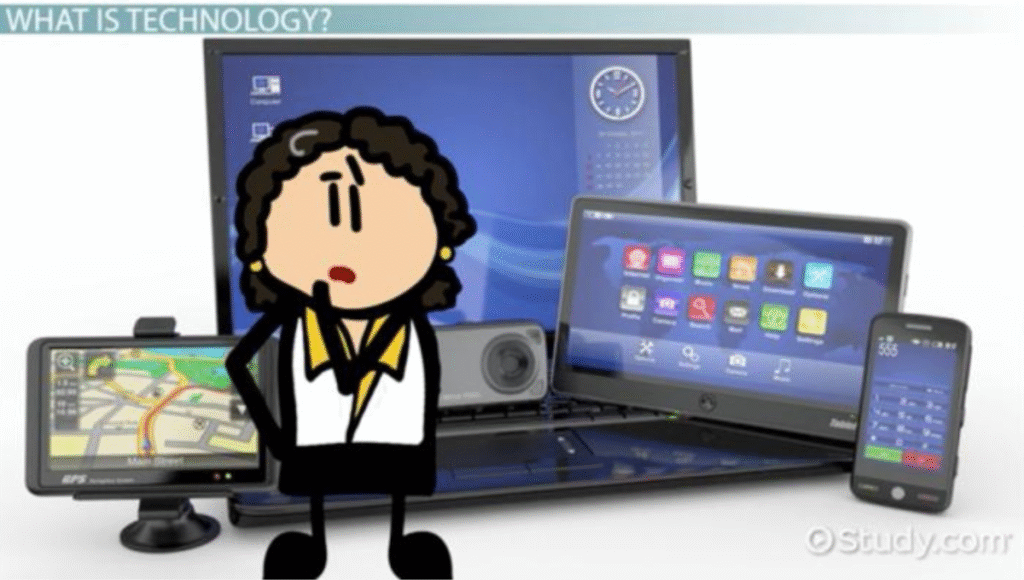In today’s digital era, acronyms and coded names often pop up in discussions about technology, research, and internet culture. One such term that has attracted growing interest is MICAv1. At first glance, it may sound like a model name, a software version, or even a codename for a project. But what exactly does it mean, and why is it important?
This article explores MICAv1 in full detail—its possible origins, usage in technology, applications across industries, and its growing place in online and cultural discussions.
What Is MICAv1?
MICAv1 is typically understood as a versioned project name or model identifier. In tech and research fields, acronyms like this are common:
-
MICA could stand for different terms depending on the context (e.g., Microcontroller-based Intelligent Control Architecture, Multimedia Internet Communication Application, or even Mobile Integrated Communication Assistant).
-
v1 clearly indicates Version 1, the first official release or prototype of the project or product.
In short, MICAv1 usually refers to the first version of a technical system, framework, or application carrying the name MICA.
Possible Origins of MICAv1
Because MICAv1 is a technical-sounding name, its roots may be tied to one of the following areas:
-
Research & Academia – Many universities and labs use identifiers like MICAv1 to label their projects, especially in fields like computing, AI, or communication systems.
-
Software Development – It could represent the initial release of a digital application or architecture under the name MICA.
-
Hardware or IoT Devices – MICAv1 could also be a reference to a microcontroller-based device or sensor node, as many embedded systems use acronyms like this.
-
Cybersecurity & Networking – Some reports suggest MICA-related acronyms appear in studies of encryption, secure communication, or AI-driven security solutions.
Features Commonly Associated with MICAv1
Though the specific details depend on the project it refers to, MICAv1-type platforms or devices often share common goals:
-
Innovation – Being a first version, it often pioneers a new concept or framework.
-
Communication & Control – MICA projects usually involve networking, communication systems, or control mechanisms.
-
Scalability – v1 prototypes are often stepping stones toward larger, more advanced releases.
-
Integration of AI or IoT – With modern research, projects like MICAv1 frequently involve artificial intelligence, sensors, or connected technologies.
Applications of MICAv1
Depending on which industry it belongs to, MICAv1 could be applied in different ways:
-
IoT and Smart Devices – As a microcontroller-based system, MICAv1 may serve as the foundation for smart devices, wireless sensors, or monitoring tools.
-
Artificial Intelligence Research – MICAv1 could represent a framework designed to test AI algorithms in controlled environments.
-
Telecommunications – If linked to multimedia internet communication, it may focus on video conferencing, online messaging, or secure data exchange.
-
Cybersecurity – Projects under the MICA banner sometimes explore encryption and data protection, making MICAv1 relevant for online safety.
-
Academic Prototypes – Many first-version models like MICAv1 are used in labs and classrooms to test theories before wider implementation.
MICAv1 in Online Culture
Even beyond its technical roots, MICAv1 has started to appear in online spaces where people discuss new tech terms. Why?
-
Mystery – Its acronym-style name sparks curiosity.
-
Association with Innovation – Words like “v1” make people think of startups, beta releases, and cutting-edge projects.
-
Search Curiosity – As more users encounter it in documents, reports, or discussions, searches for MICAv1 have grown.
In this way, MICAv1 isn’t just a technical term; it’s also becoming part of internet curiosity culture, much like other acronyms (NFT, IoT, AI).
Challenges Facing MICAv1 Projects
Like any first-version system, MICAv1 would face several challenges:
-
Limited Features – Early versions often lack refinement.
-
Testing & Reliability – Bugs, errors, or unstable performance may appear.
-
Adoption – Gaining community or industry adoption requires proof of success.
-
Scalability – Moving from version 1 to advanced iterations is often the biggest hurdle.
The Future of MICAv1
If MICAv1 continues to develop in whichever domain it belongs to, future versions (v2, v3, etc.) could expand its capabilities. Common upgrades might include:
-
Enhanced processing power or algorithms.
-
Wider industry adoption in IoT, AI, or communication systems.
-
Commercial availability beyond research labs.
-
Improved security and scalability for real-world use.
Conclusion
MICAv1 stands as an intriguing term that blends the identity of a technical prototype with the curiosity of internet culture. While its exact application may differ across fields—ranging from IoT and AI to communications or cybersecurity—the acronym itself reflects the nature of innovation: starting small, experimenting, and evolving into something greater.
As with many v1 projects, MICAv1 is likely just the beginning of a longer journey. Its role in both research and online discussions proves that even seemingly obscure acronyms can carry weight, shaping conversations about technology and the digital future.

